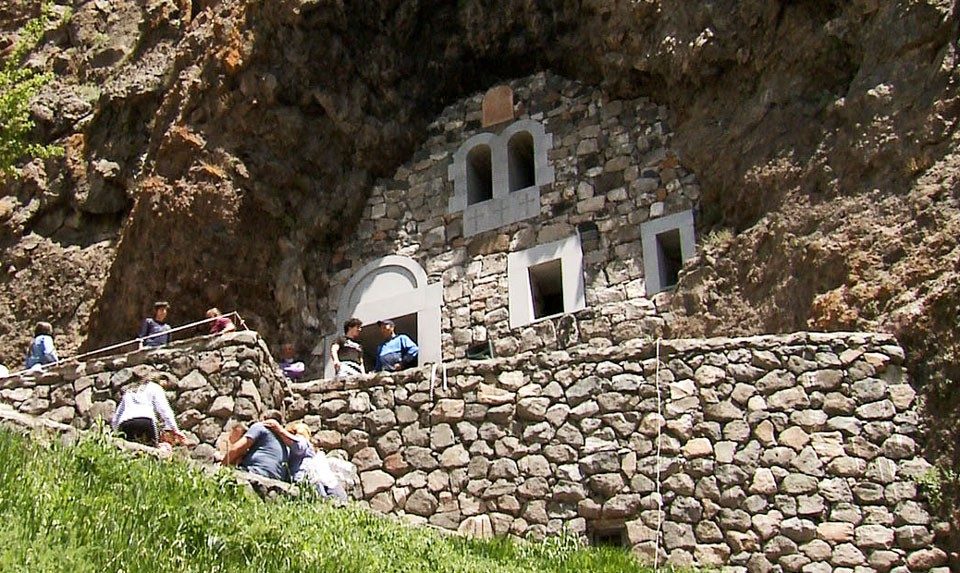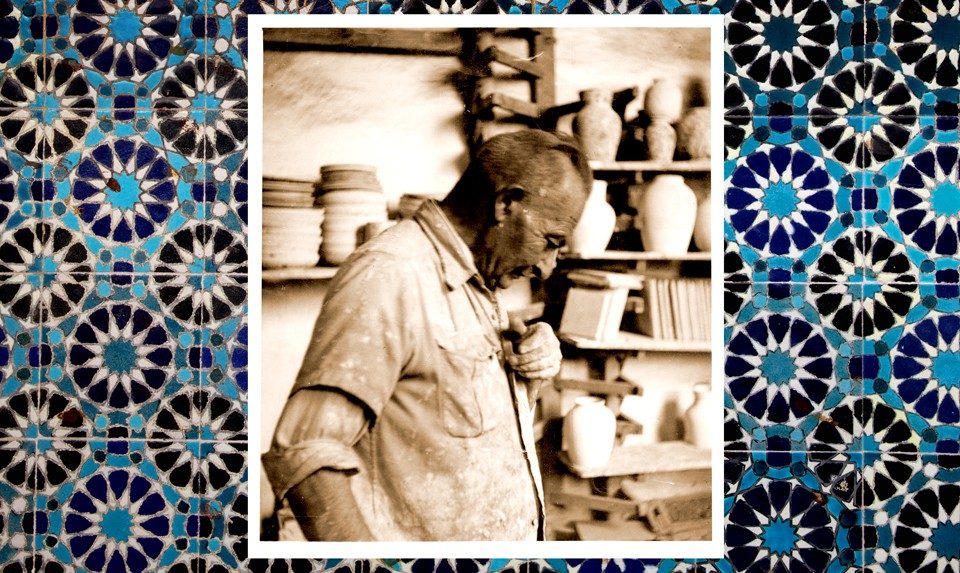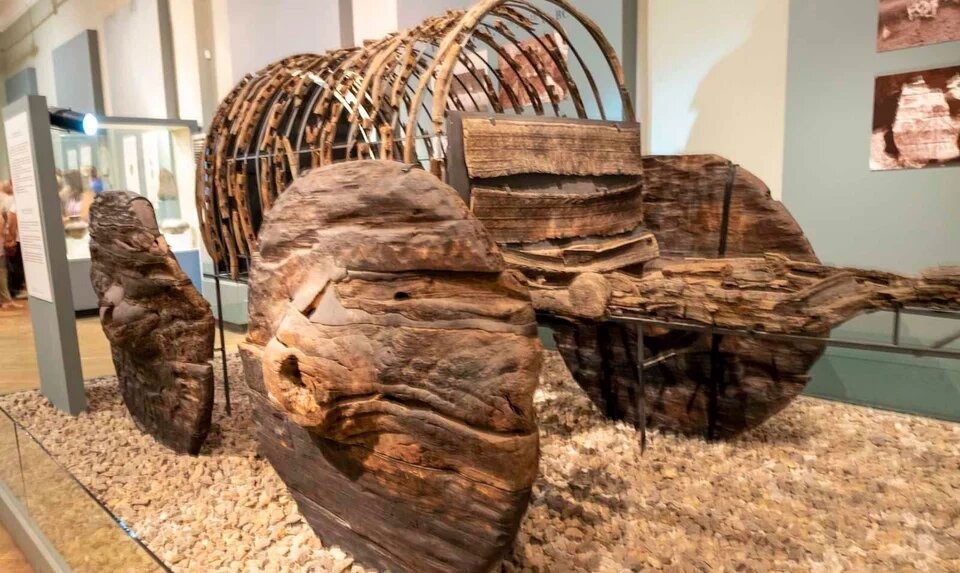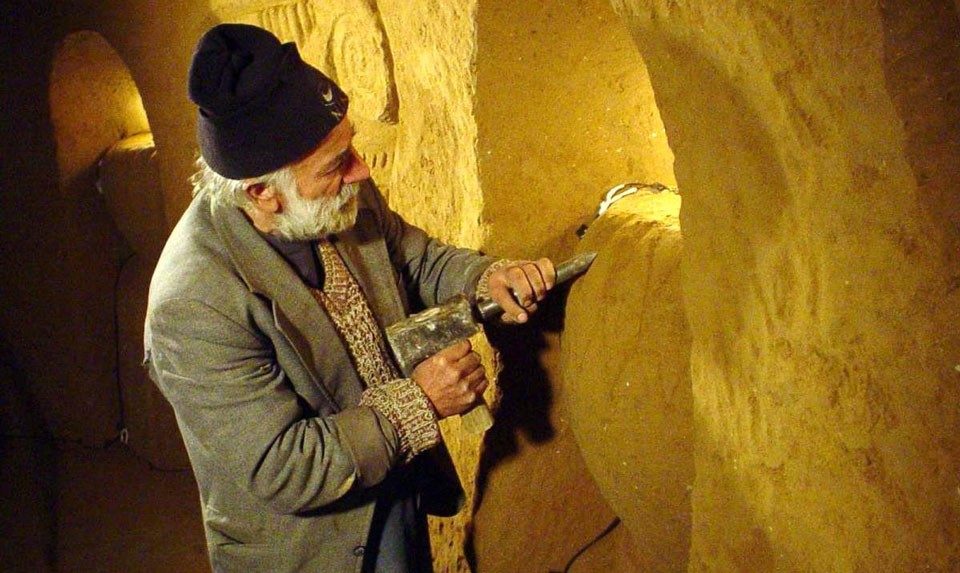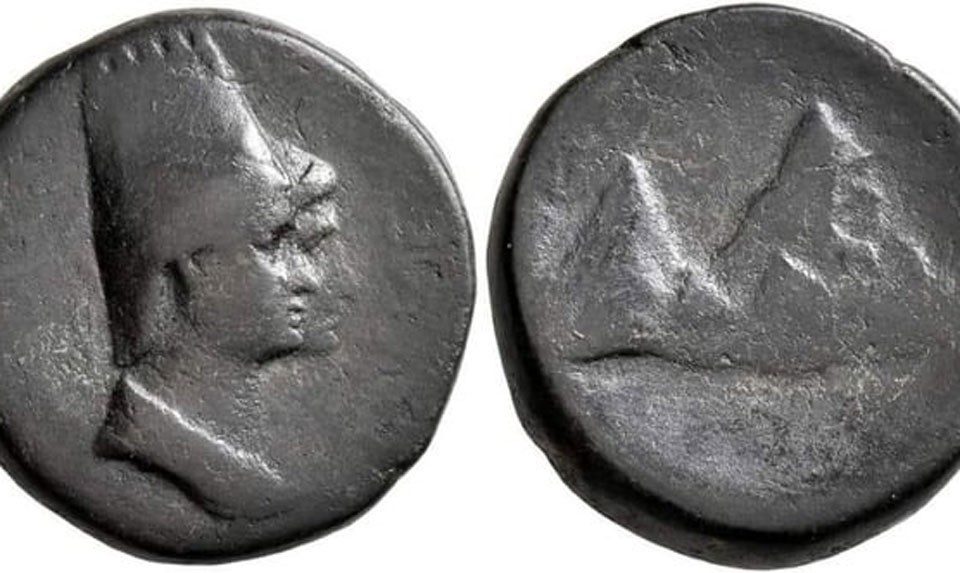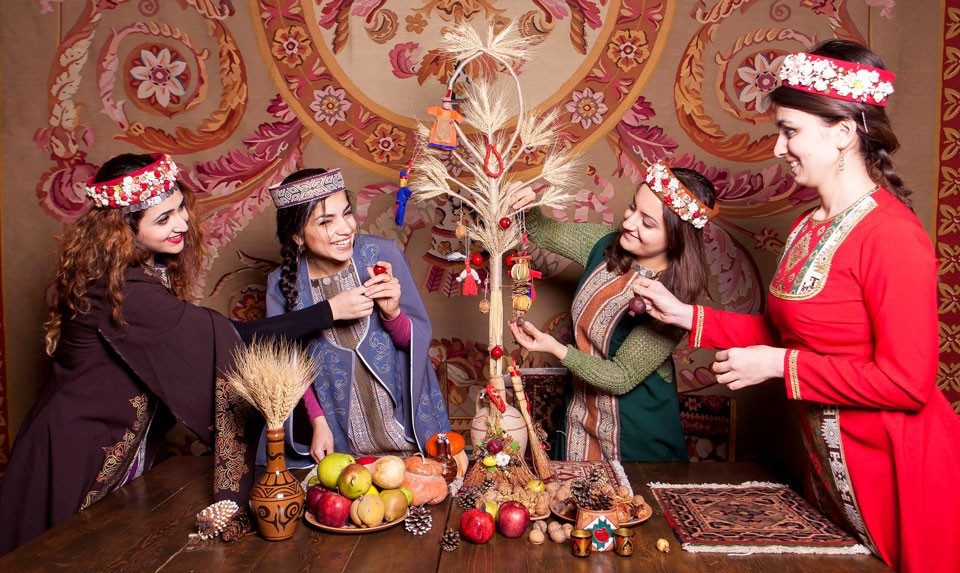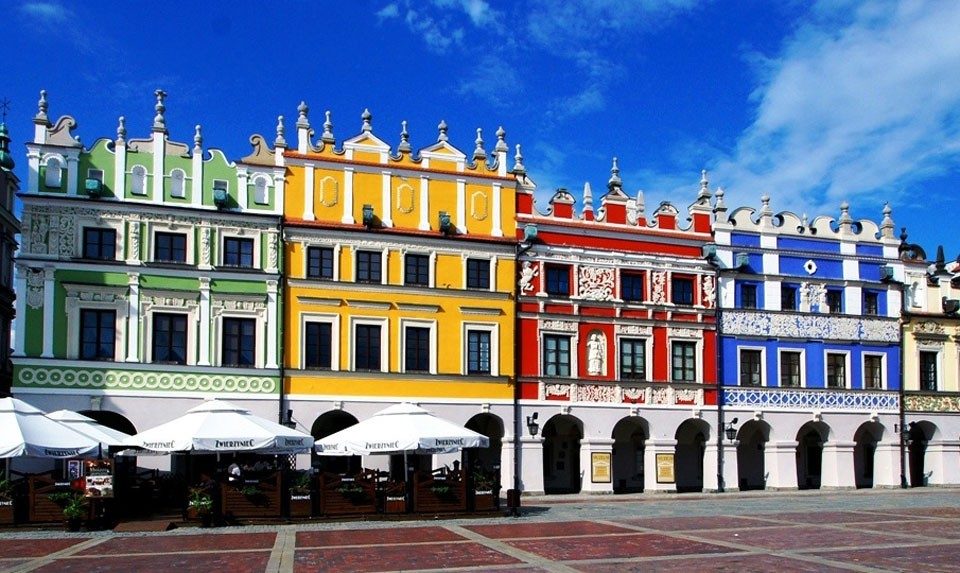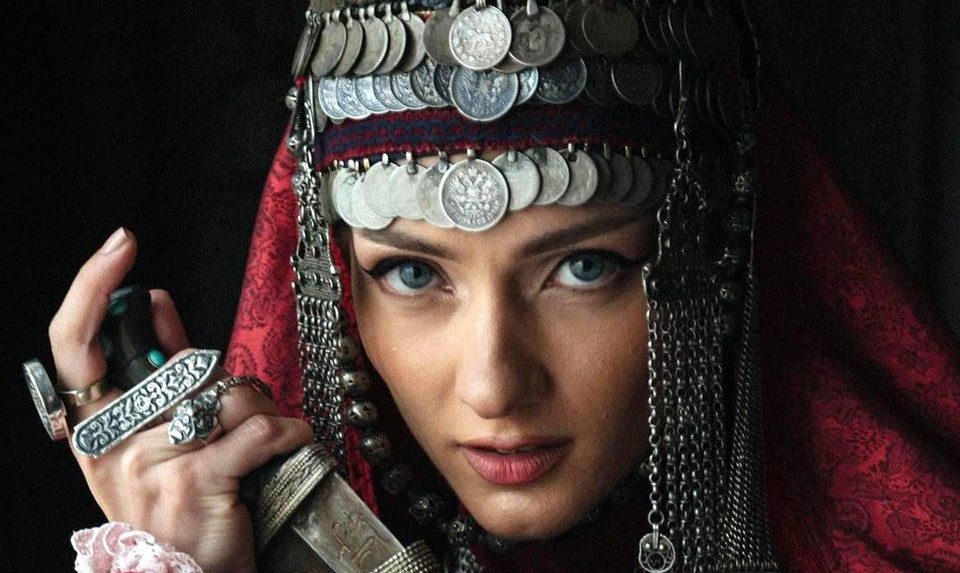The Most Mystical Places In Armenia - Tsaghkavank, Or The St. Barbara’s Monastery
Kuys Varvara (the Virgin Barbara) - is one of the saints of the Armenian Apostolic Church, and much revered religious figure in some parts of Armenia. And the Tsaghkavank ("Flower Monastery" in Armenian) - is a cave shrine devoted to her on the southern slopes...
Building At 32 Hanrapetutyan Street In Yerevan - A Cultural Heritage Of Armenia
This beautiful building, located at 32 Hanrapetutyan Street in Yerevan, was built in the 19th century. It is unique among the architectural monuments preserved in Yerevan, with its external ornamentation and rich frescoes....
George Byron About Armenians, Armenian Language And Armenia
"I learned the language of the Armenians in order to understand how and what language the Gods spoke, for the Armenian language is the language of the Gods, and Armenia is the homeland of the Gods, and the Gods come from the Ararat valley. There...
The Art of Armenian Ceramicist David Ohannessian in Jerusalem
To learn about the Armenian presence in Jerusalem all you have to do is wander around the city. Ceramicist David Ohannessian has carried the ceramic art of Armenians of Kutahya to Jerusalem, and since then his works have become the inseparable part of the city....
Lchashen Wagon - The Oldest Known Wagon In The World
This incredibly well preserved 4,000 year old wagon made of just oakwood, unearthed in the Lchashen village near Lake Sevan - is the oldest known wagon in the world, and it is currently on display in the History Museum of Armenia in Yerevan. This wagon...
Levon Arakelyan's “Miracle” Cave in Arinj
Hidden beneath an ordinary looking home in Arinj, at the end of a meandering alley, is a series of underground chambers, all carved out by one man - Levon Arаkelyan. Levon started digging in 1985, and didn’t stop till his death in 2008. Today, the...
Ultra Rare Coins Of The Armenian King Tirganes IV And Queen Erato With Mount Ararat On The Reverse
These are the extremely rare Armenian coins, minted in Artaxata (Artashat) in 2nd century BC (the Greeks called the ancient Armenian Artashat - Artaxata). The coins show the busts of the King Tigranes IV, wearing tiara and diadem, and Queen Erato. On the reverse the...
How The Armenians Used To Celebrate The New Year In The Past
For the Armenians, the New Year was not a holiday of gluttony. It rather resembled a ritual in which each element of the holiday had its own semantic meaning. In the old days, instead of the pine tree, there was a home-made tree, and instead...
The 17th Century Armenian Tenement Houses In The City Center Of Zamość, Poland - A UNESCO World Heritage Site
The 17th century Armenian Tenement Houses in the city center of Zamość, Poland are considered the most beautiful buildings in the city. There were inhabited by Armenian merchants, now the city museum is housed in three mansions of Armenians. These houses stand on the street,...
Did You Know That A Ribbon With Coins On The Forehead Is An Important Part Of The Armenian Women's National Costume Taraz?
Armenians strongly believed that the coins would protect the woman from evil forces and give prosperity and fertility. It was believed that the jingle and tinkling of these coins was able to protect from evil. The Armenians believed that the metal was of heavenly origin,...

